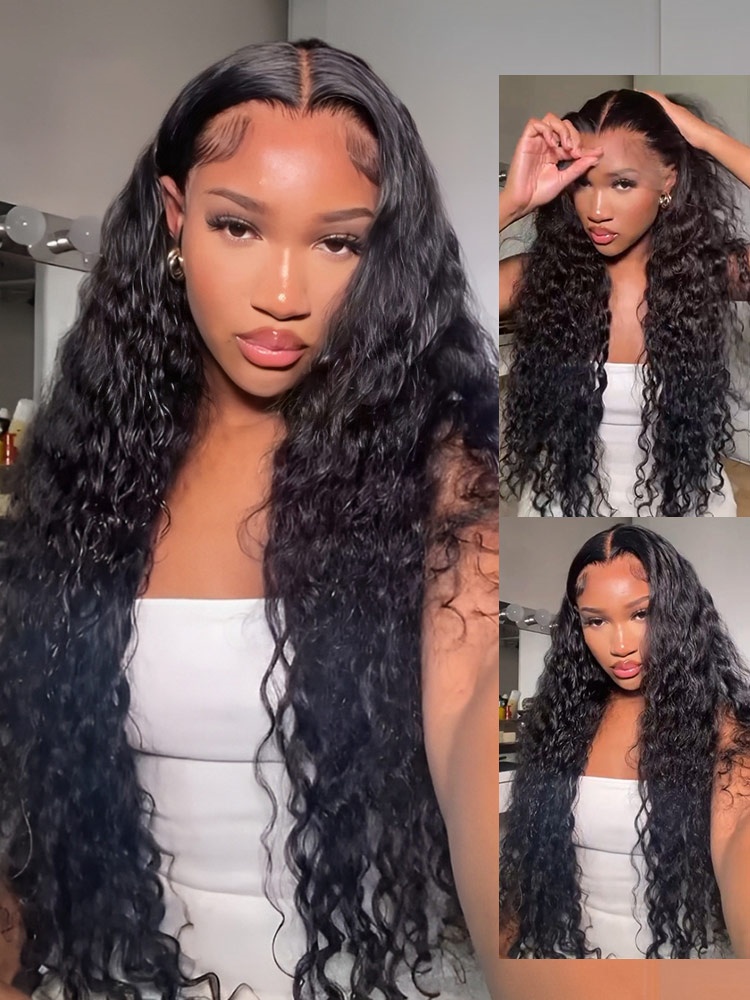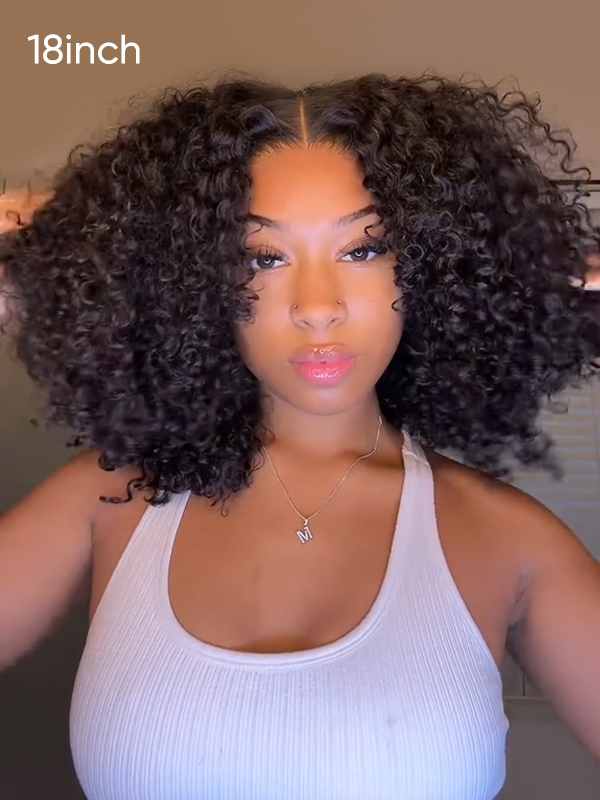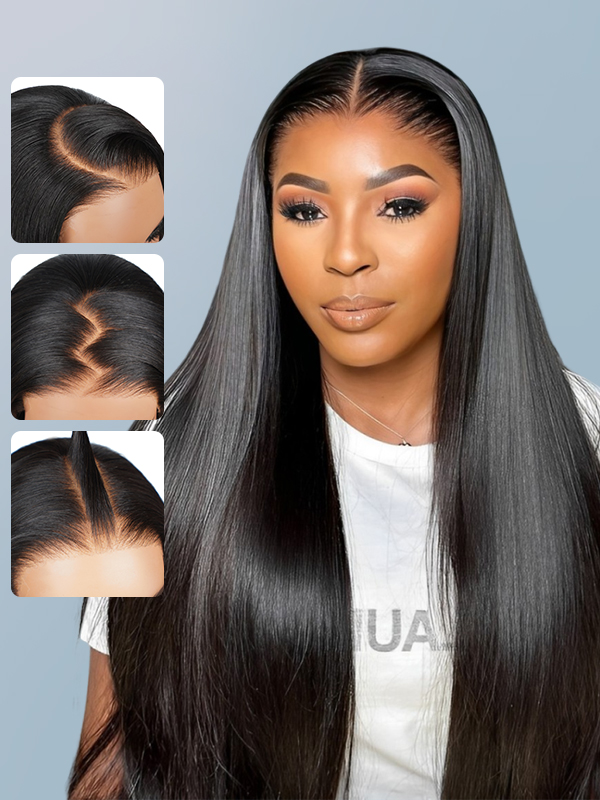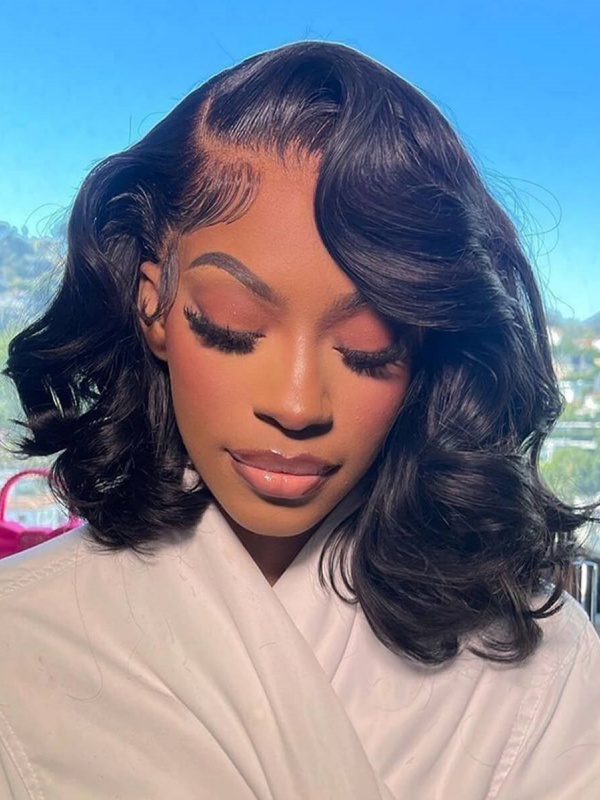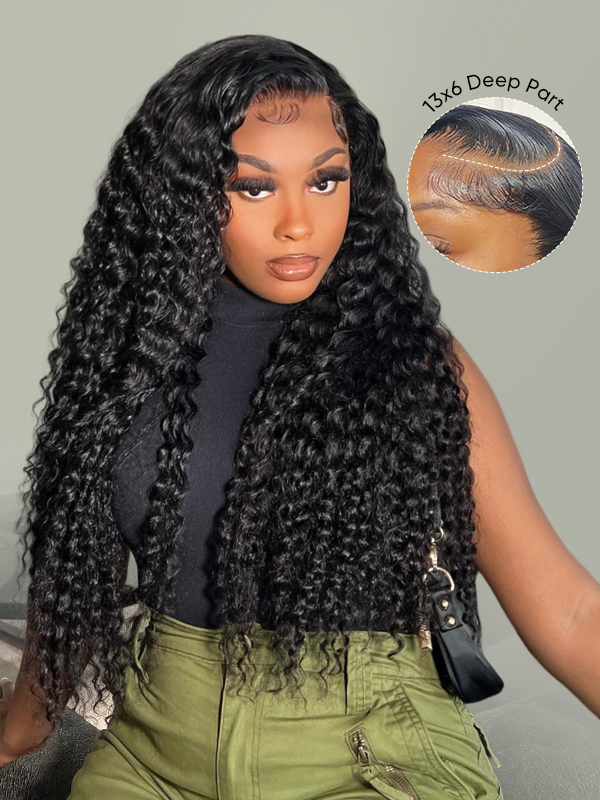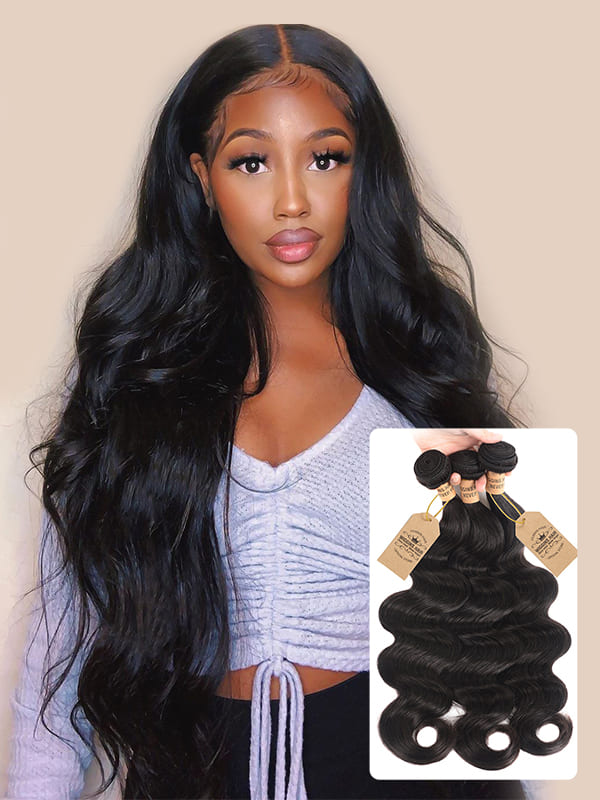This article will help you learn how the type of wig you choose, your care regimen, and how often you wear it affect how long do wigs last.
Wigs, made from either human hair or synthetic fibers, are a popular and convenient choice for the hairstyling, changing, and transformation world. But like any other product, wigs have an estimated lifespan that depends on certain factors. How long do wigs last? Without proper care and attention, a wig can quickly deteriorate. But with the right methods, a wig can easily serve you for three months to five years, even with daily wear.
Factors That Influence the Lifespan of Wigs
Wig durability doesn’t just hinge on the brand or price of the wig; it very much depends on daily usage, the kind of environment the wig is worn in, and the kinds of styling tools (if any) that are used on the wig.

Human hair wigs can last anywhere from six months to over a year for regular wearers, and much longer if the wearer only occasionally styles and mostly just enjoys the wig in its natural state and various forms of wig-friendly undress.
Synthetic wigs don’t have a very wide range of durability; they typically last around four to six months. Synthetic wigs are much easier to take care of, though, so the variety in that factor of the equation doesn’t affect durability all that much.
Importance of Wig Maintenance for Prolonged Use
The maintenance of a wig directly influences its lifespan. This is a three-pronged program: wash, dry, and store the piece properly. As with natural hair, a synthetic wig should be cleaned regularly, but not so often that the hairpiece is deprived of vital coatings and rendered dry and brittle.
Those who tend to be a little greasy should be sure to wash their wigs more often than those whose scalps are not so oily. One very effective regimen combines washing the wig with a sulfate-free shampoo and a moisturizing conditioner.
Another regimen involves washing the wig with a specially formulated laundress (not in a washing machine), rinsing it well, and hanging it to dry (not in a clothes dryer). Finally, very carefully dry the wig with a towel before shaping it. When the wig is not on your head, store it in such a way that its shape is preserved.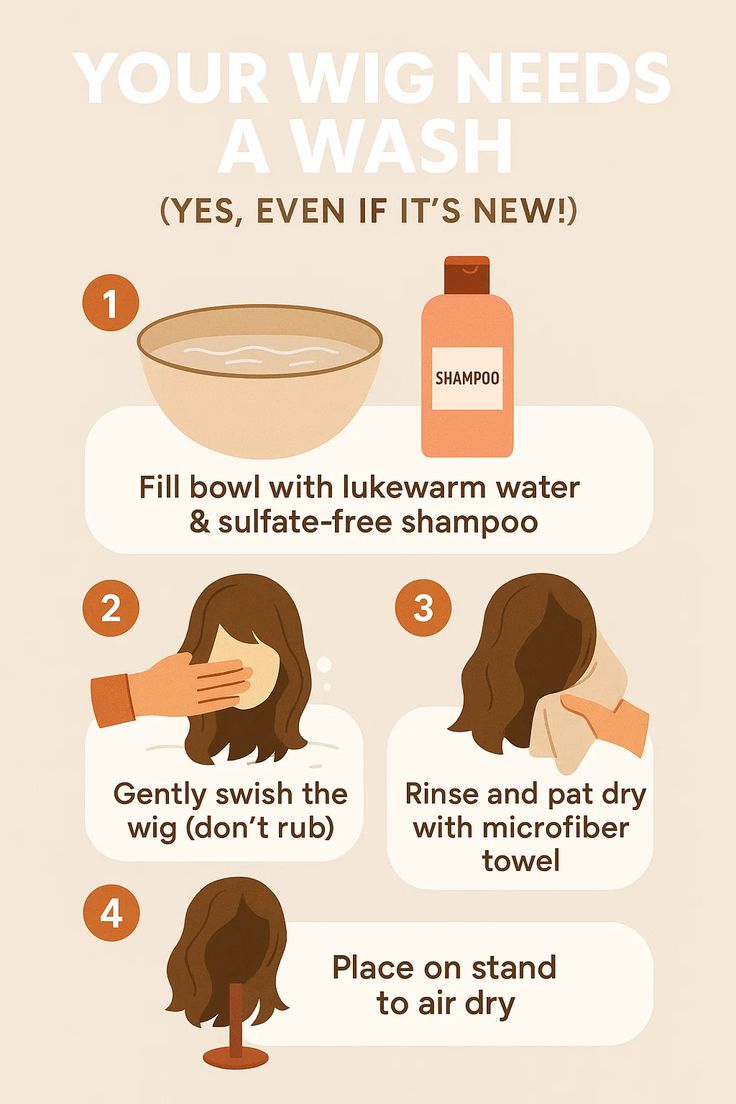
Styling, Heat, and Handling: Do They Matter?
Part of the wig personalization process is styling, but too much heat or improper use of heat styling tools can negatively affect a wig's lifespan. This is particularly true when using heat styling tools without the proper heat protectants or when styling synthetic wigs with tools at temperatures for which they were not designed.
Most synthetic wigs cannot handle the sort of heat that wig stylists and wearable hairpiece aficionados tend to use. Human hair wigs are more adaptable. They can usually handle the sort of heat that humans can handle, but it's important to remember that hair wrapped in a wig is not living, and so the same kind of wig care that can lead to milady's hair rebounding after a bad episode of straightening or curling doesn't apply when discussing the impressively realistic-looking fibers that are part of a human hair wig.
Signs That It’s Time to Replace Your Wig
Regardless of the meticulousness with which a wig is handled, it will inevitably begin to show signs of wear and tear, and those signs should be recognized as indicators to either replace or repair the wig that one relies upon for a daily or special appearance.
When may we say that a wig has reached the end of its usable life? Excessive shedding, tangling, cap fraying, and thinning all seem to be clear signals. Wigs made of human hair seem to withstand the tests of time better than those made of synthetic strands, although those, too, will lose volume, luster, and the semblance of anything human after repeated wear. It's hard to say how long do wigs last, for much may depend upon the wig's cost (material quality), and much upon the wig-wearer's habits.
What Affects Wig Longevity the Most: Frequency of Wear
Materials and maintenance certainly play large roles in how long do wigs last, but arguably the single biggest influence on a wig's lifespan is simply how much you wear it. Daily wear, of course, exposes a wig to much more wiping, rainfall, and sweat than a wig that is worn only on special occasions.

Increased friction and heat from the scalp, combined with the cleaning products that some folks feel obliged to use every day when they wear a wig, all conspire to break down the strands of hair (or that which passes for hair in some wigs) and to degrade the materials that make up the wig itself.
Recommendation
If you want to invest in high-quality wigs that are built to last, WIGGINSHAIR is a great place to look. We offer a wide selection of styles, all made from human hair. How long do wigs last? With proper care, these wigs hold up well and maintain their appearance over time. If you're looking for something that won't just look good for a month or two but will also remain stylish for quite some time, you should consider some of the options from WIGGINSHAIR.
